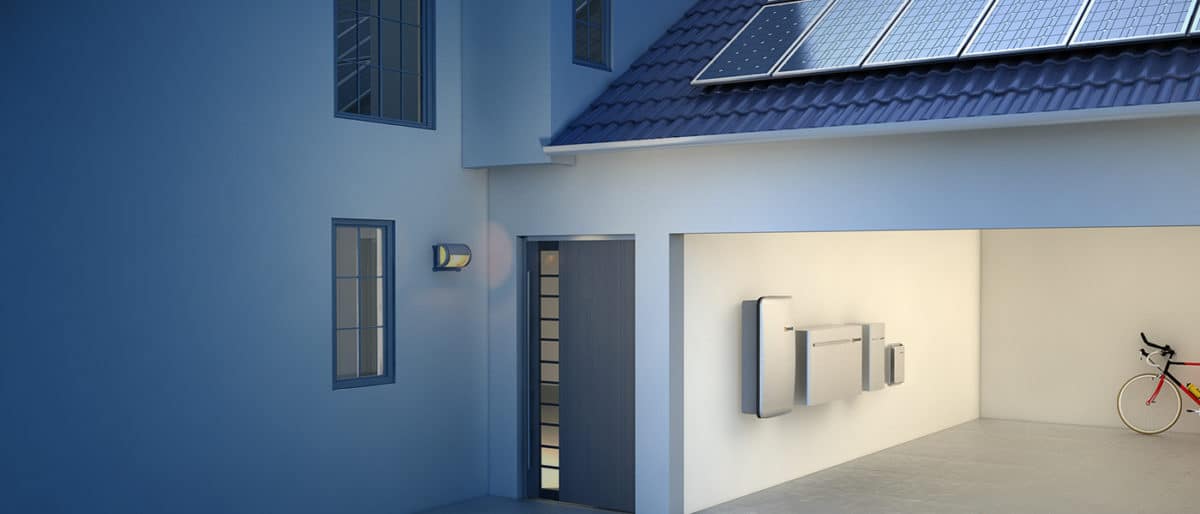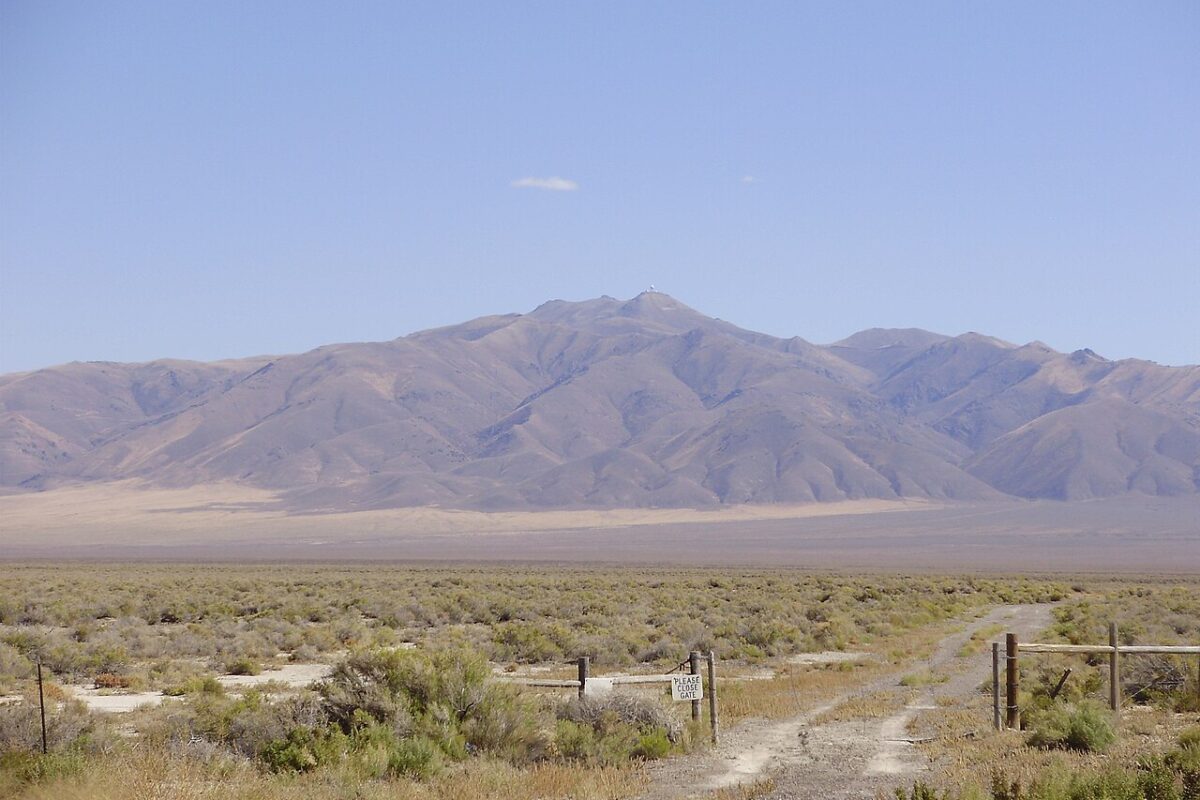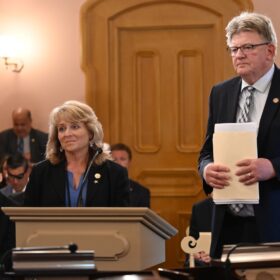Energy storage can control when rooftop solar exports energy to the grid, and that “export control” enables the grid to host more rooftop solar—in some cases doubling a distribution circuit’s hosting capacity.
So says a toolkit designed to help states remove barriers to interconnecting distributed storage.
Yet in half of the states, connecting distributed storage to the grid is especially challenging as the interconnection procedures do not mention energy storage, said Sky Stanfield, a partner in the law firm Shute, Mihaly & Weinberger, in a webinar.
The Interstate Renewable Energy Council (IREC) presented the webinar, and led development of the toolkit. IREC is supporting states as they upgrade their interconnection procedures for distributed storage and solar-plus-storage.
Interconnection is becoming a “critical bottleneck,” said Stanfield, as the interconnection process “becomes slower and more difficult to navigate when there are many more projects in the queue at the same time.” In addition, the interconnection process was not designed “with the current realities in mind,” she said. “It’s sort of like we’re using dial-up internet to stream Netflix.”
States “at the very least” can start with ensuring that storage is included in their interconnection procedures, said Mari Hernandez, assistant director of IREC’s regulatory program, and “consider adopting language that would enable export-controlled systems.”
Interconnection is slow because the current interconnection process of reviewing one project at a time “can’t keep pace” with distributed energy resource market growth, especially for large projects, said Brian Lydic, IREC’s chief regulatory engineer. And an “efficient, faster process” is needed for the thousands of smaller projects that apply, he said. Existing fast track processes use “simplistic and conservative” screens, he said, that “can leave a lot of capacity on the table.”
IREC is active in public utility commission proceedings, said Lydic, and “where best practices exist and have been vetted elsewhere, it’s fairly easy” for a commission to take up such practices. Yet with continuing technical evolution of distributed resources, and as deployment accelerates, “we’re seeing issues that don’t yet have established best practices.”
Interconnection applications could be streamlined through standardized export controls, “such as the use of certified power control systems—PCS—or utility grid relays,” said Midhat Mafazy, regulatory program engineer at IREC. He added that IREC is developing a “decision option matrix” for regulatory decisions needed to adopt the IEEE 1547-2018 standard for smart inverters, and said that products meeting the standard are expected to be available in 2023.
Several categories of interconnection solutions will be discussed in depth in future trainings, said Radina Valova, vice president of IREC’s regulatory program: streamlined screening and study processes; fairer cost allocations; speeding the interconnection process—possibly through a group or cluster study process; incorporating the latest technical standards; increasing hosting capacity; and getting to a “more future-looking model of holistic planning” that proactively incorporates distributed resources, as electrification of transportation and heating proceeds.
IREC’s trainings will cover the same topics as the 211-page toolkit, released in March, which offers model language that states may use or adapt, to update their interconnection procedures. The toolkit was developed by a team including the utility-led Electric Power Research Institute, the California Solar & Storage Association, the Solar Energy Industries Association (SEIA), and other partners. It is intended to serve as a resource for regulators, utilities, storage developers and other stakeholders engaged in the interconnection process, said Valova.
The US Department of Energy’s Solar Energy Technologies Office has funded development of the toolkit and the training series.
This content is protected by copyright and may not be reused. If you want to cooperate with us and would like to reuse some of our content, please contact: editors@pv-magazine.com.








“It’s sort of like we’re using dial-up internet to stream Netflix.” Exactly. It’s great to see a lot of good work being done to disrupt the status quo and streamline these processes. The powers that be will likely continue slinging FUD and throwing sand in the gears every chance they get but clean, renewable, energy sources, both distributed and centralized, will continue to become more and more economical and will win the overall war, regardless of losing some battles along the way.
If storage is installed at the source and the inverters that tie into the grid have a set output that would not vary as clouds role by or dust storms or smoke black the sun, the set point output could be calculated into the distribution system just like conventional power plant do with a particular output. Since I have an off-grid system, I have been testing a battery to on-grid inverter that can be set anywhere from 35 watts continuous to 235 watts continuous and the units I have tested never go above the setpoint for output to the grid. When the batteries start to deplete, they automatically reduce the output to conserve the batteries with auto shut down at 11.5 volts or 20% of battery reserve. The solar panels charge the batteries and the batteries become a continuous steady output to the grid. If utilities could count on continuous output that does not peak above rated capacity of existing transmission lines, then interconnection would be easier. I worked on co-gen units at sewage treatment plants, and they will produce a set amount of electricity and could be Inegrated with the system because of the steady output. It is the variability of solar production that requires the connecting system be oversized and cost more than if it was to output at less but over a longer period of time. If on my system I set the output at 100 watts, it will run at 100 watts 24/7 just like any other load but it is generating electricity at a constant rate. The same thing could be achieved at solar farms with enough storage and would make the energy more valuable because it is constant.